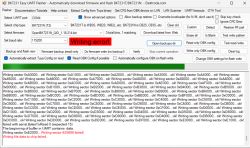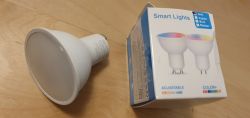Hello
I recently purchased an old bungalow for renovation and it was time to change the furnace. I have chosen a VIESSMANN VITODENS 050 W for technical reasons, I now have a problem with connecting the DHW tank. If I understand correctly, I connect the manifolds from the floor under the heating circuit. I connect room controllers and actuators to the controller I purchased, the controller to the furnace to COM and NO contacts. At this point, the controller will, if necessary, start the furnace and the built-in pump, plus we still have an expansion vessel in the furnace itself, so here it should be ok. However, as far as the DHW tank is concerned, I understand that the furnace uses the water circuit. As far as I know, the furnace does not have any pump in this circuit, it works in such a way that when you let hot water run in the tap, the water starts to flow through the furnace, the internal sensor detects the flow and starts heating. I understand that by connecting the DHW tank, the water circulates in a closed circuit, so there must be a pump and a boiler water temperature sensor to give the signal to switch on the pump. And here I have a question, do I need another controller to operate this, or can I connect it to the furnace somehow???? If so, which contacts????
Thank you in advance for your help and please correct my thinking if I have misunderstood something.
I recently purchased an old bungalow for renovation and it was time to change the furnace. I have chosen a VIESSMANN VITODENS 050 W for technical reasons, I now have a problem with connecting the DHW tank. If I understand correctly, I connect the manifolds from the floor under the heating circuit. I connect room controllers and actuators to the controller I purchased, the controller to the furnace to COM and NO contacts. At this point, the controller will, if necessary, start the furnace and the built-in pump, plus we still have an expansion vessel in the furnace itself, so here it should be ok. However, as far as the DHW tank is concerned, I understand that the furnace uses the water circuit. As far as I know, the furnace does not have any pump in this circuit, it works in such a way that when you let hot water run in the tap, the water starts to flow through the furnace, the internal sensor detects the flow and starts heating. I understand that by connecting the DHW tank, the water circulates in a closed circuit, so there must be a pump and a boiler water temperature sensor to give the signal to switch on the pump. And here I have a question, do I need another controller to operate this, or can I connect it to the furnace somehow???? If so, which contacts????
Thank you in advance for your help and please correct my thinking if I have misunderstood something.






